Are You Grill-Ready? These summer grilling ideas will have you covered for the whole season.
Memorial Day Weekend kicks off grilling season annually. While we honor fallen soldiers who have served our country, we’re removing our covers from the grill, scheduling out summer vacation trips, and thinking of all the things we’re going to cook outside this season. Among crab legs, steaks and Beyond Burgers, we’re also grilling up some of our favorite produce items from Melissa’s.
Who has the best grilling spread on the block? Is it the house that puts out the same thing every season … tried and true recipes that only get better with each passing year? Or is it the house that keeps it fresh by putting together a new menu each year? We can’t get enough of those classics, but at the same time, we are always looking to add new items to the grill grate. For example, have you tried grilling okra before? Other new items we’re seeing are boiler onions, Swiss chard and whole heads of cauliflower smothered in delicious sauces.
We sat down with Weber’s Grill Master Jamie Purviance to get some guidance on how to take our grilling skills to the next level.
- Use indirect heat more.
- Always start your meat skin-side down.
- Don’t fill the grill edge to edge. You should always have a safety zone (about 25% of the grill) where you can transfer your items to if you have a flare-up.
- Season like you mean it – salt is your friend!
- Keep a lid on it! This is an important grilling technique that imparts a smoky flavor into your food, as well as shortens the cooking time to reduce moisture loss. This also prevents flare-ups.
- Use the 70/30 method when cooking fish. 70% cook time on the first side, then finish the remaining 30% cook time on the other side.
- iGrill by Weber is a game changer.
- Use a cooling cookie rack on your grill to cook smaller items that would otherwise fall through the cracks – think tiny vegetables!
Q&A With Grill Master Jamie Purviance
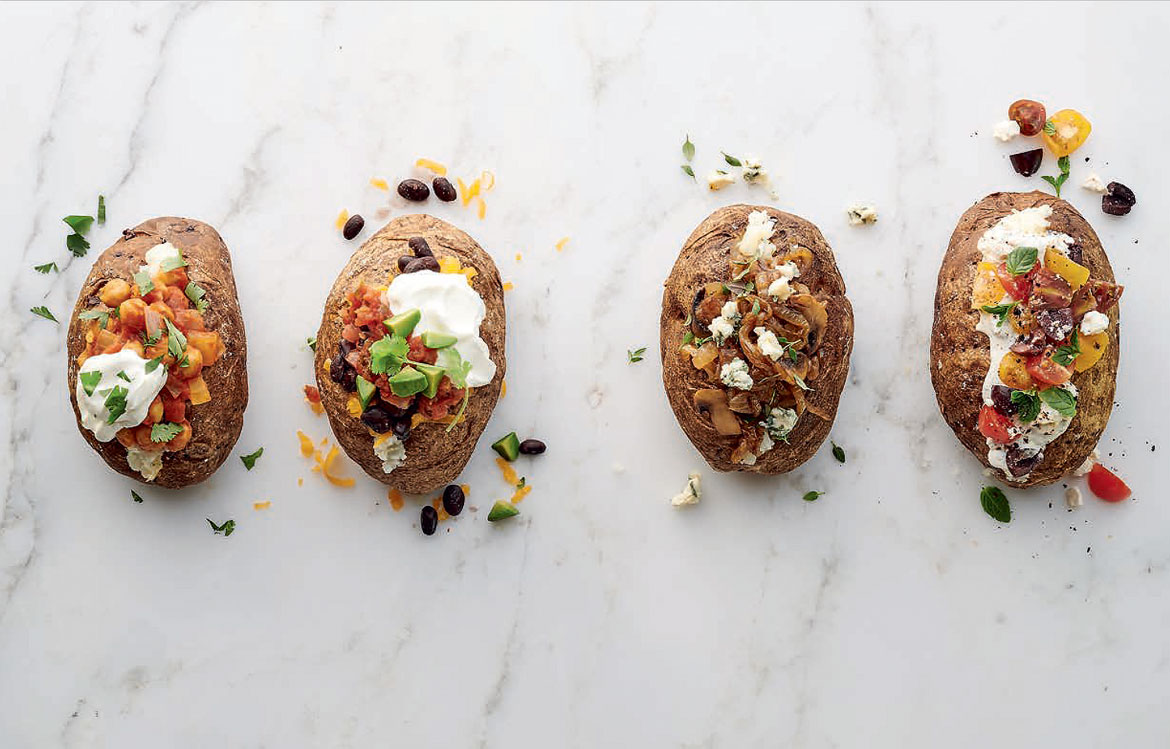
Jamie Purviance is a world-renown grilling expert who offered us a taste of grilling season with tips and tricks of the trade from his newest cookbook, “Weber’s Ultimate Grilling: A Step-By-Step Guide to Barbecue Genius.” Beyond visual recipes, this book offers techniques that will help you raise your grilling game to master level. From “Flavor bomb” variations to mastering the four T’s of grilling (temperature, timing, technique, and tools), Purviance guides you to success with this step-by-step cookbook.
What are the best fruits for grilling, and why?
I recommend starting with fruits that you cut in such a way that there is a lot of flat surface area that you can put in direct contact with the grill. That’s how you can develop some distinctive grilled flavors in the fruit. It certainly helps if the fruit is ripe and tender but not soft. Soft fruit tends to collapse on the grill, but if ripe fruit goes onto the grill while still firm, you can caramelize the sugars without breaking down the texture too much. The foremost fruits for this include pineapple slices and halved peaches, but don’t forget about bananas. If you cut bananas in half lengthwise and leave them in the skins, you can brown the cut sides nicely while the skins hold the flesh together on the grill. Then you can peel the bananas and make some warm, caramelized banana sundaes.
Editor’s Tip: If you like sticking to familiar fruit, try mixing it up slightly by changing the variety. Have you ever tried Melissa’s red bananas or baby pineapples?
What is something you put on the grill that most people don’t expect to see?
I started grilling a lot more leaves this year. My wife and I have been eating a steady supply of meat during our twenty years of marriage, but now she is vegan. This has actually been a fortuitous change for me because, as a cook, it has driven me to learn how to grill a wider variety of plants. I find myself grilling things like Swiss chard and other sturdy leaves. The key here is to use a perforated grill pan that can wilt the leaves without the risk of losing them through the bars of the grate.
Editor’s Tip: Other leaves we recommend trying out on the grill are Melissa’s organic kale and savoy cabbage!

We love potatoes. Can you share with us all the different ways you could cook them on the grill?
Yes, I love potatoes, too. The most straightforward approach to is “gill-bake” whole Russet potatoes over indirect heat. In “Weber’s Ultimate Grilling,” I have five exciting toppings for filling the potatoes with something out of the ordinary. For example, why not dress them up with an Indian curry, a riff on Mexican nachos, a French-inspired medley of mushrooms and blue cheese, or a Greek frat party of tomatoes, olives, and feta cheese with tzatziki? You could also cut raw Russets in wedges, oil and season them, and grill them over direct heat until they get crispy on the outside and soft within for some excellent steak fries. You could also cut Yukon Gold potatoes into rounds about ½-inch thick and coat them with oil, herbs, garlic, and a bit of Dijon mustard. After grilling those over direct heat, toss them once again in the flavored oil mixture while still warm. These are sure to be a hit.
Editor’s Tip: You’ll fall in love with Melissa’s Dutch Yellow® Potatoes if you haven’t tried them already. We love throwing the Baby Dutch in a grill basket with olive oil, salt and pepper — delish!
What’s your grilling strategy when it comes to kebabs?
I am a pretty much a purist when it comes to kebabs and skewered items. I took my first plunge into the grilling world while living and working in Indonesia, where satays are a real point of national pride. Indonesian cooks wouldn’t consider combining ingredients on a stick. It’s all chicken or all fish or all one type of vegetable. That way, you can make sure that single ingredient gets the right combination of time and temperature. I have a pet peeve about overloaded kebabs where some components are burnt or overcooked, and some are still hard and undercooked. That’s why I prefer one ingredient only on each skewer.
Editor’s Tip: We couldn’t agree more! Right now we’re putting Melissa’s boiler onions on skewers. Just blanch the onions for 30 seconds in boiling water, then transfer to cold water to stop the cooking process and remove the skins. Pinch each onion at the end of the stems and they pop right out of the skin. Skewer and they’re ready for the grill!
Any strategies for pleasing different dietary needs on the grill? For example, what do you do if you’re hosting a party where you need to grill for a pescatarian, vegetarian and a meat-eater?
You could exhaust yourself trying to make three separate meals, but I don’t think you need to. Meat eaters are often the most easygoing. I would give them some charcuterie to start, with things like prosciutto and salami with cheeses and a dip like my Roasted Carrot Hummus with Grilled Pita Chips. Usually, meat eaters are happy with some “meaty” fish and vegetables, so I’d recommend something like swordfish — the pescatarians will like that as well. For the vegetarians, I recommend a least two plant-based options, plus a starch that everyone will enjoy. While in Melissa’s kitchen, I made Tandoori Roasted Cauliflower with a Fresh Herb Chutney (watch the video here). I would serve that alongside a Vietnamese noodle salad with lots of grilled vegetables and have a platter of grilled steak or chicken for the carnivores to add if they like. I also suggest finishing strong with a dessert everyone can get behind. Actually, that’s a lot of food, but it looks like a party I would want to attend.
What are your go-to produce grilling staples?
Onions. Always onions. My wife loves big red onions cut into rounds and glazed with aged balsamic vinegar grilled until sweet, sour, and tender. Grilled corn is fabulous when it’s in season.
What grilling accessories work best for veggies?
The most useful, I think, is a perforated grill pan. It looks like a cookie sheet with significantly large holes in it – big enough that a lot of heat comes through but not so that chopped vegetables could fall into the grill. These pans come in a variety of sizes.
There are different temperatures to be mindful of when it comes to grilling meat. Are there different temps for grilling veggies?
The majority of vegetables do best grilled over direct medium heat (about 400 degrees) when they are sliced and fully cook in 5 to 10 minutes. Think eggplant, zucchini, and asparagus spears. However, if you’re working with sturdier vegetables, like winter squash or parsnips, indirect medium heat is the way to go. In a sense, this method is like roasting them in an oven, gently cooking them for half an hour or longer.

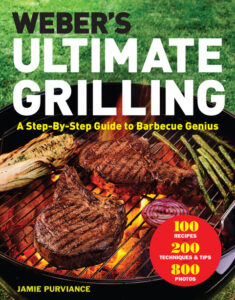
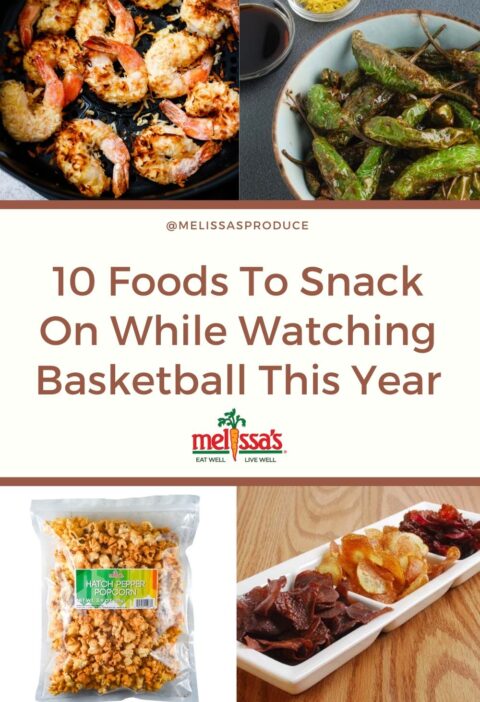
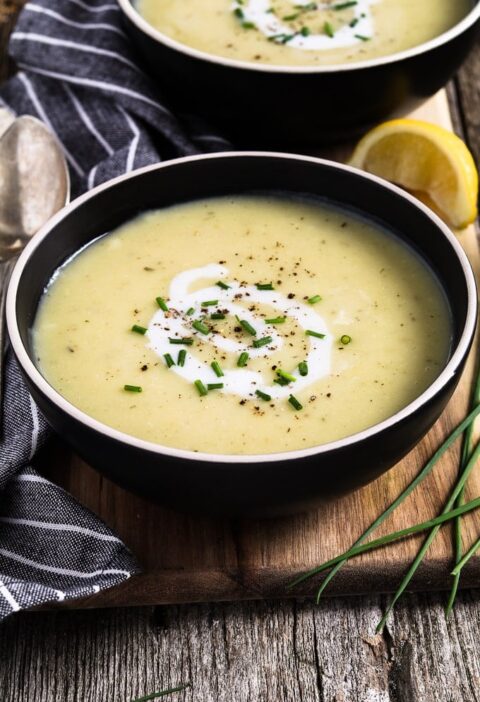
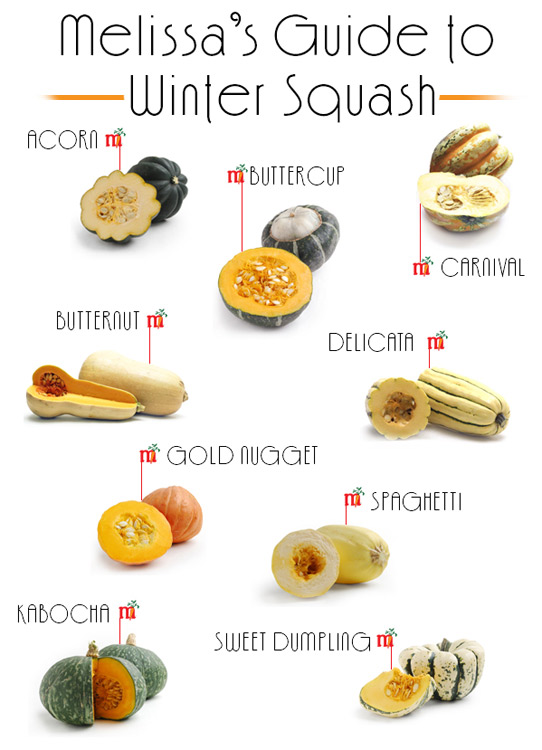
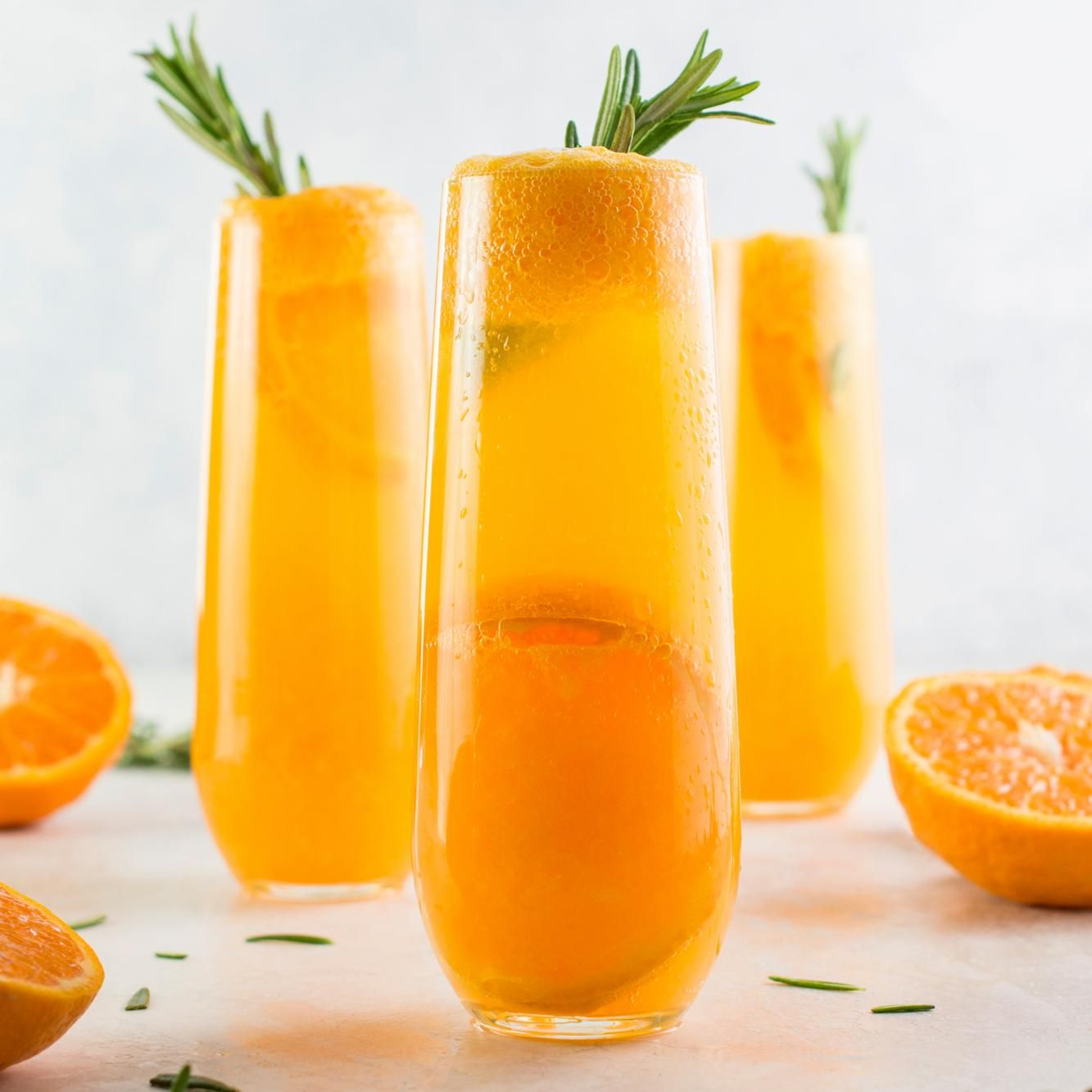
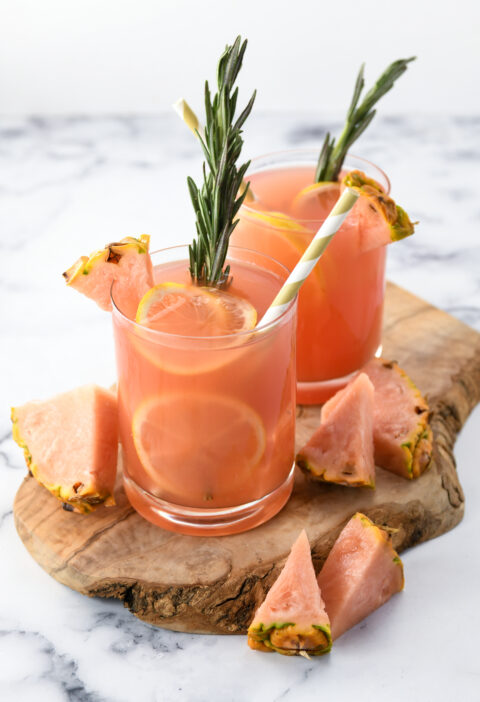
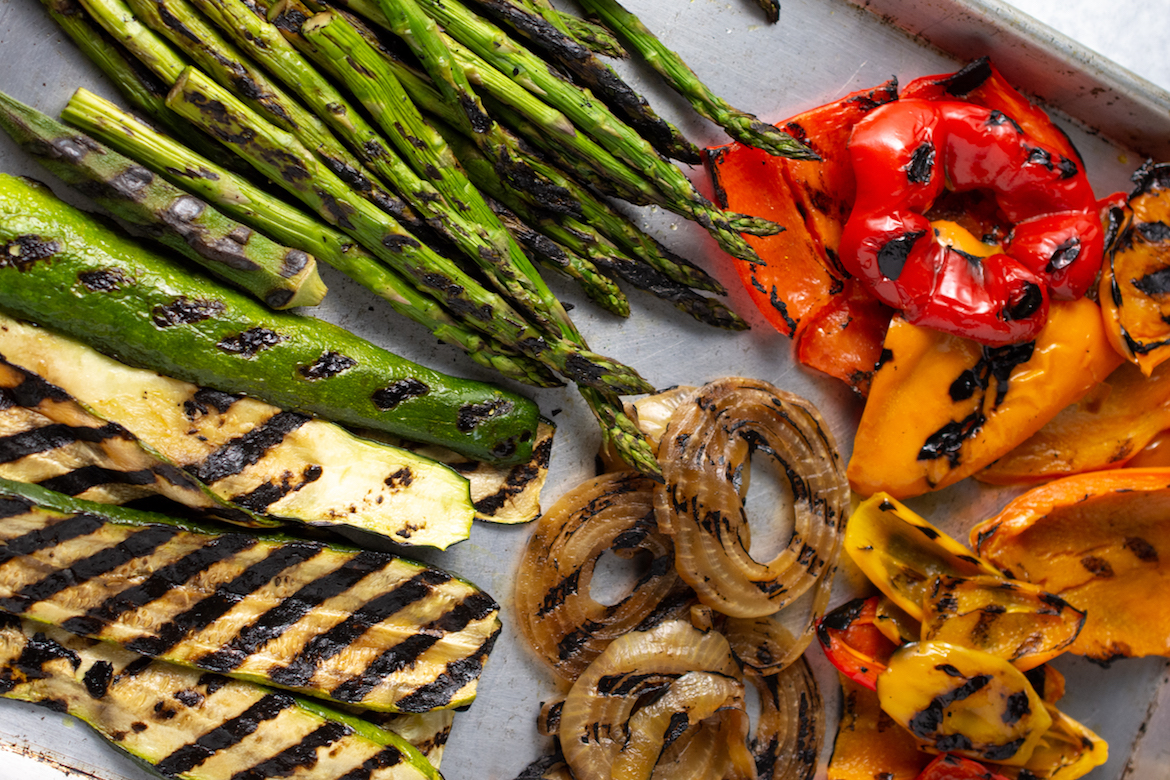
This is great information! I never thought about using a cookie cooling rack for smaller veggies. Excellent idea!